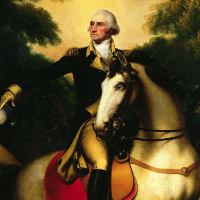 Social Studies
Social Studies
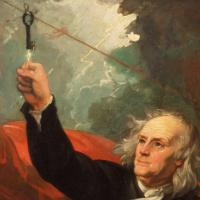 Science
Science
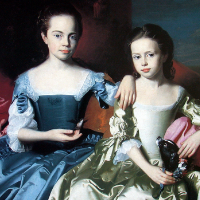 Art
Art
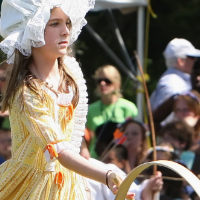 PE
PE
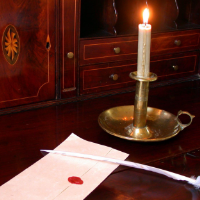 Language Arts
Language Arts
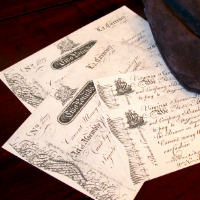 Math
Math
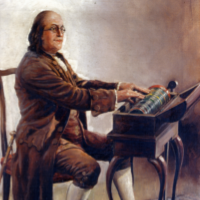 Music
Music
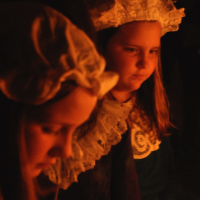 Patriots Day
Patriots Day
SOCIAL STUDIES
As the events of the American Revolution unfold, students immerse themselves in the world of the 18th century Patriots using a textbook, audio and video, journals written by children of the time, other primary sources, and a variety of hands-on teaching objects

Students create and develop an 18th Century persona.
They speak and write in the language of the time.

They live according to a code based on self-respect, respect for others, and self-control.
They wrestle with serious issues and societal inequalities in historical context.

They master Enlightenment principle-based methods of reasoning to make decisions, solve problems, and debate elements of the United States Constitution and Bill of Rights.

They study the actions of people of the time from all walks of life to discern character traits they admire and discover role models.




Students create and develop an 18th Century persona.
They speak and write in the language of the time.
They live according to a code based on self-respect, respect for others, and self-control.
They wrestle with serious issues and societal inequalities in historical context.
They master Enlightenment principle-based methods of reasoning to make decisions, solve problems, and debate elements of the United States Constitution and Bill of Rights.
They study the actions of people of the time from all walks of life to discern character traits they admire and discover role models.
The Why America Is Free Textbook
Why America Is Free covers the period from approximately 1753 to 1810. Students will have already studied Native American societies of North America in the 14th-18th centuries, early explorers, the early colonial period, and slavery in the American colonies. Building on this knowledge, Why America Is Free focuses on the ideas, issues, events, peoples, and impact of the American Revolution domestically and worldwide. Both accurate and designed to be uniquely interesting to upper-elementary students, it is a valuable classroom resource.
One key to success of the textbook is the inclusion of the personal story of a fictional boy, which makes the events real and accessible.

Students first meet him when he is a little older than they are.
He reappears as he grows to young manhood in the midst of rising conflict with England.
They see him again during the war years.
They see him last when he is a father with children their age, riding off to participate in the Constitution Convention.
As interesting as the textbook is, it is greatly expanded upon by the other more active aspects of the curriculum. Among the many ways the curriculum goes beyond the book, its lessons include multiple perspectives, increasing the attention given to diverse groups involved in and affected by the war. These inclusive additions meet school requirements as they increase interest and understanding.
Examples of lesson elements that include diverse people and perspectives
Insertion and Removal of Slavery from the Declaration
Abolition
George Washington’s Manumission of Slaves
Patriot Indian Alliances/British Indian Alliances
Women’s Role Limitation and Expansion during the American Revolution
Integration in the Continental Army
Black Loyalists/Black Patriots
Loyalist Perspectives
Seeking Neutrality: Ohio Shawnees, Delawares, and Moravians
Women soldiers: Deborah Sampson, Catherine Moore Barry, Others
Published by The Society of the Cincinnati in cooperation with the Mount Vernon Ladies Association, 1998.
As part of the curriculum, principles like honesty, civic duty, and respect are ingrained in the class experience. As students enter middle school, they have a keen understanding of the discipline and manners expected of Americans as our nation was founded. The self-discipline taught in the curriculum is manifested in improved behavior throughout the middle school grades.”

Book of Heroes, A Gift from Our History
As students come across people from our nation’s past, they try to discern the principles that motivated their decisions and actions and create a Book of Heroes with the diverse people whose character they admire. Students:
- Collect and analyze the actions and decisions of people from our nation’s past to discover the principles that guide people of great character.
- Find worthy role models whose examples can help guide their own decision-making and problem-solving.
- Develop a unifying awareness of a shared national legacy of extraordinary men, women and children in whom they can all take pride.

Abigail Adams
“Remember the Ladies” wife of John Adams, active and influential patriot throughout the revolution and early Federal period.

Marquis de Lafayette
Hero of two worlds…leading Frenchman who served bravely under Washington and was invaluable in creating and maintaining the crucial alliance with France.

James Armistead Lafayette
Enslaved hero without whose dangerous espionage in the British camp, Yorktown might well have been lost. —Portrait of James Lafayette, by John Blennerhasset Martin, 1784. Courtesy of David Bishop Skillman Library, Lafayette College

George Washington
The indispensable man who was Commander in Chief of the Army, chairman of the Constitutional Convention and first President. His courage, strength of character, and willingness to both shoulder and relinquish his leadership roles for the good of the nation set the standard for the nation for all time.

William “Billy” Lee
Devoted, courageous, intelligent, enslaved manservant and aide to Washington throughout the American Revolution. At the end of the war, Washington freed Billy, who chose to remain as Washington’s aide the remainder of Washington’s life.

General Rochambeau
The brilliant, honorable, and experienced French general who lead his army under Washington to achieve independence for America.

Deborah Sampson
Patriot woman so determined to fight for American independence that she disguised herself as a man and served bravely in the army for years.

James Forten
Served at age 14 on a Patriot privateer. When captured by the British, he was offered his freedom if he would change sides. He refused and spent many months on the prison ship, Jersey, putting loyalty over his own benefit. Spent the rest of his very successful life championing freedom for all people.

Haym Salomon
Brave and courageous Son of Liberty who was imprisoned twice by the British, escaped both times, and thereafter helped finance the fight for independence.

